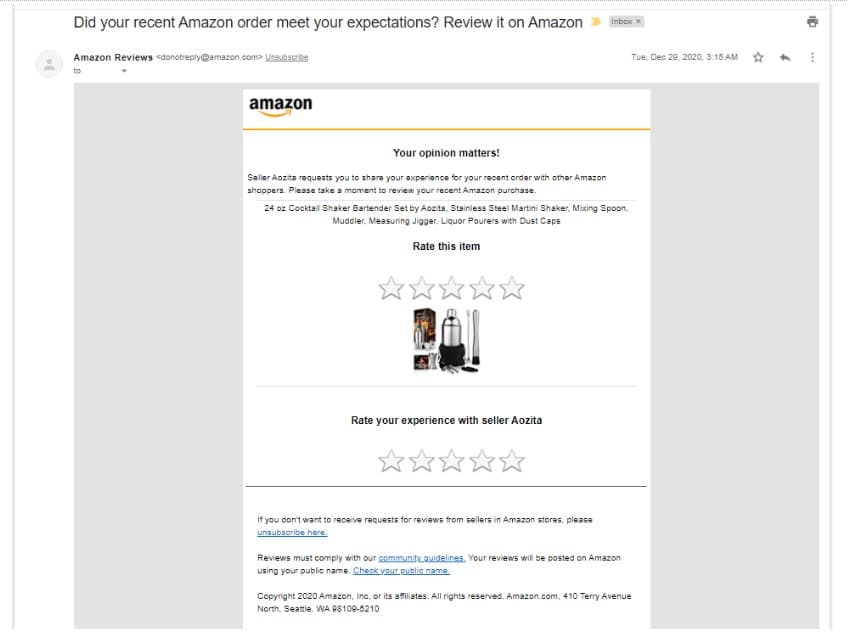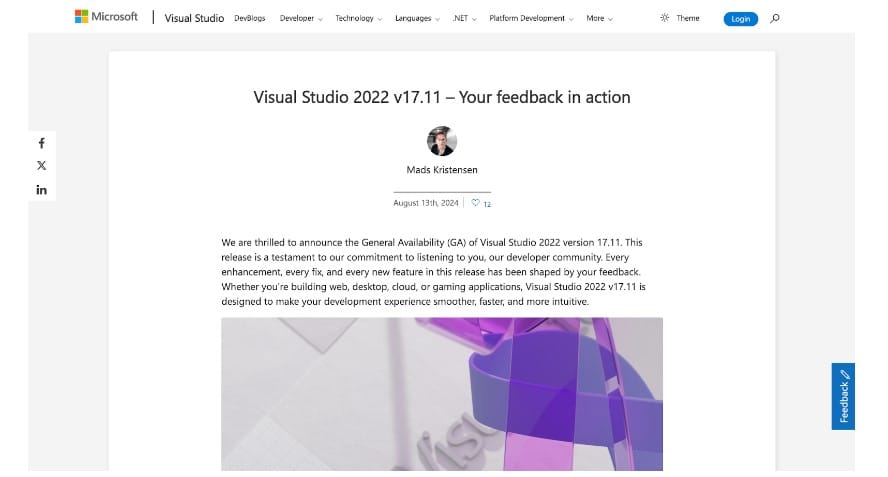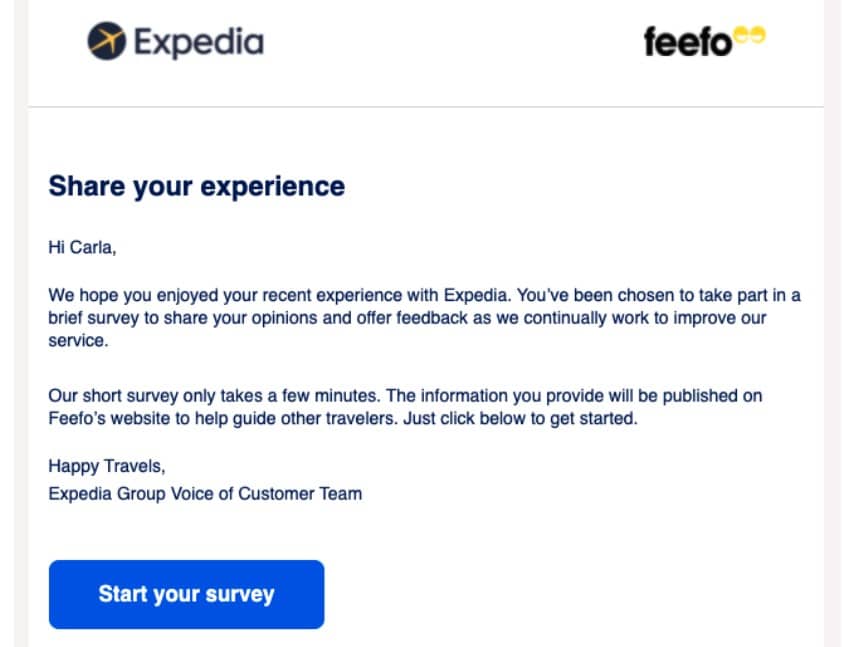You might think that you’ve given your customer all the best you can do. But do they feel the same way?
What your customers say about your business can make or break your business. Positive feedback can boost your brand’s reputation. But those negative ones? They can make you sink faster than a stone in water.
Either way– whether they’re singing your praises or whispering their concerns, every word is a clue to provide a better customer experience.
According to the statistics, at least 75 percent of consumers will spend more with businesses that have a good customer experience. To keep your business thriving, it’s crucial to master the art of customer feedback management.
Now, let’s dive into these best practices to turn customer feedback from a mixed bag into your secret weapon for growth.

Image via Freepik
Understanding customer feedback management and why it’s important
Customer feedback management is the process of collecting, analyzing, and responding to the opinions, suggestions, and complaints your customers share about your products or services.
It’s where you listen. You tune into what customers are saying and then use that insight to make smarter decisions. It can be done through surveys, reviews, social media comments, or direct conversations. No matter the form it is, all that feedback gives you a front-row seat to how your customers truly feel.
A solid example of decent customer feedback management is Amazon. They’re a giant in the world of customer feedback management. One of the ways Amazon has excelled is through its customer review system.
They not only allow customers to leave detailed reviews on products, but they also actively encourage it with follow-up emails asking for feedback after a purchase.

Source: Channel Replay
But Amazon doesn’t just collect these reviews. They analyze them to make improvements. For example, if a product consistently gets negative feedback, Amazon will either work with the seller to improve it or remove it altogether from their platform.
They’ve also introduced features like “Verified Purchase” to make sure the authenticity of reviews, which builds trust with other customers.
This continuous loop of gathering, analyzing, and acting on feedback helps Amazon maintain its reputation for customer-centric service and reliable products.
But why is it so important?
It helps you stay connected with your audience. When customers see that you’re paying attention to their feedback—and acting on it—they’re more likely to feel valued and stick around.
It also gives you a chance to catch issues before they snowball into bigger problems. That’s how you keep your reputation intact.
And let’s be honest, who doesn’t love turning a good suggestion into an even better experience?
How to take customer feedback management to the next level
Understanding customer feedback management is one thing. Making sure that feedback actually drives meaningful change is where the magic happens. If you’re ready to move beyond just listening and want to start truly leveraging what your customers are telling you, it’s time to take things up a notch.
#1. Implement real-time feedback channels
Instead of waiting for customers to fill out post-interaction surveys or leave reviews days later, set up systems that allow them to share their thoughts immediately. Feedback channels like live chat surveys, in-app feedback prompts, or instant review requests are ideal for this.
This immediate approach lets you catch issues as they arise and address them swiftly– and show your customers that their input matters right here and now. You can make timely adjustments and improvements based on current customer sentiments, rather than relying on outdated feedback.
The quicker you act on the insights you gather, the more relevant and effective your changes will be. Whether it’s fixing a bug, updating a feature, or refining a process, prompt action demonstrates that you’re responsive and committed to improving the customer experience.
Not to mention that it also gives you a fresh, unfiltered view of their experiences so you can make quick, data-driven improvements that keep your customers happy and engaged.
#2. Analyze feedback with advanced tools
Skimming the surface of your customer feedback isn’t enough. You need advanced analytics tools. Use sentiment analysis and data visualization to uncover patterns, trends, and insights that might not be immediately obvious. Here are some tools that are popular on the market:
- SurveyMonkey
- Typeform
- Qualtrics
- Hotjar
- Trustpilot
- Jotform
These tools come with built-in analytics, so you can identify recurring issues, spot emerging trends, and get a clearer picture of what your customers are really saying.
#3. Close the feedback loop
Don’t leave your customers hanging. Closing the feedback loop means not only acknowledging the feedback you receive but also informing customers about the changes you’ve made based on their input.
Whether it’s through a follow-up email, a social media update, or a note in your next product release, let your customers know their voices were heard and valued.
We’ve talked about Amazon as an example before. Microsoft’s Visual Studio has also nailed closing the feedback loop.
When users submit feedback through their Developer Community, Microsoft acknowledges the input and provides detailed updates on how they’re addressing the feedback. They regularly post status updates and release notes– just to make sure that users know exactly how their suggestions are being implemented.

Source: Microsoft
#4. Personalize your responses
When you respond to feedback, make it personal. Address customers by name and reference specific details from their feedback to show that you’re truly engaged. Generic responses can feel impersonal and might not resonate as well.
Tailoring your replies makes customers feel valued and foster stronger relationships. Personal touches in your responses can turn a one-time commenter into a loyal advocate– which, at the end of the day, can boost their overall experience with your brand.

Source: Xola
#5. Create a feedback-friendly culture
Encourage a company-wide culture that values and actively seeks out feedback. Make it easy for employees at all levels to gather and share customer insights. Provide training on interpreting and acting on feedback effectively and celebrating when feedback leads to positive changes.
When everyone in your organization understands the importance of feedback and is empowered to act on it, you create a more responsive and customer-focused business.
Or, you can also use feedback to inspire a testimonial video campaign. Collect stories from your customers that highlight how your product or service has made a difference in their lives.
This not only showcases the impact of your brand but also reinforces a culture where feedback is seen as a valuable tool for growth and success.
If you want to ask for a testimonial for your explainer video campaign, be direct and sincere in your request. Mention how much you value their feedback and how it could help others in their decision-making process.
Highlight that their unique experience with your brand could inspire others, and offer clear instructions on how they can easily record and submit the testimonial.
It’s time to turn customer complaints into compliments
Both positive and negative feedback are golden opportunities in disguise. While it’s easy to celebrate the glowing reviews, transforming customer complaints into compliments is where the real game is. Addressing complaints head-on and making meaningful improvements, you resolve issues and show customers their voices are valued.



